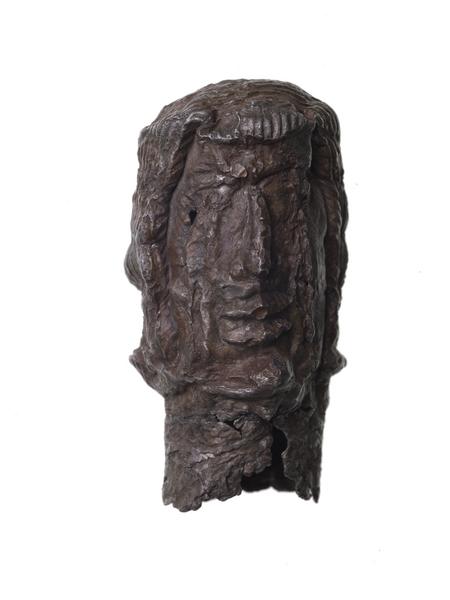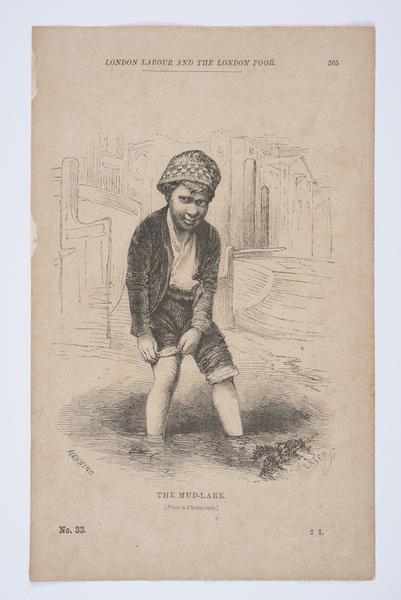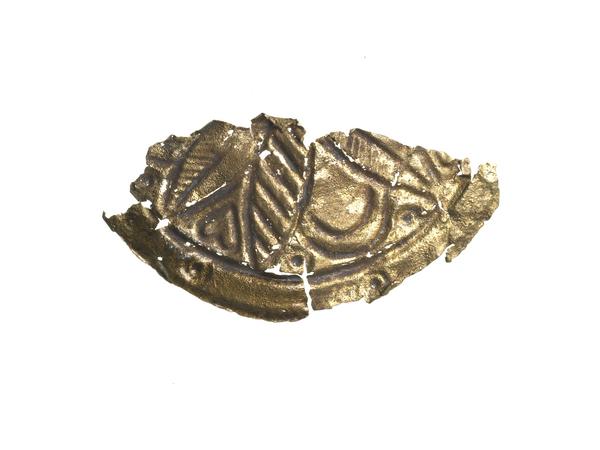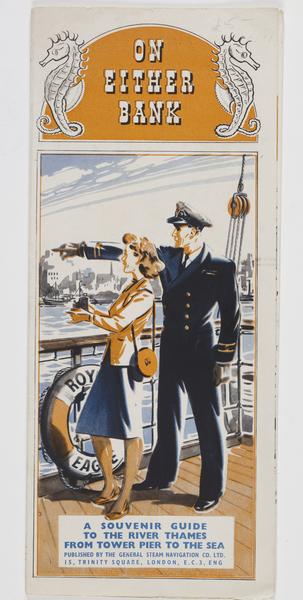03 January 2017 — By Claire Madge
Foreshore finds from mudlarking on the Thames
Researching the history of some fascinating 18th-century objects rescued by mudlarks from the shores of the River Thames leads this volunteer to the quaint streets of Rotherhithe.
What you see when you visit London Museum is only a tiny portion of the history that the museum holds. The museum’s collections include over seven million objects, with just around 1% currently visible in the galleries because of space restrictions. During my time as a volunteer I have been working on a project to bring stored objects into the light, via digitisation so that they can be seen online.
Vyki Sparkes, Curator of Social and Working History, has been guiding me through eight boxes of objects excavated from the Thames foreshore in the 1980s.
Mudlarking in the River Thames
The River Thames flowed through London before the city was even built, and its waters have swallowed up centuries’ worth of trash and treasure. The river is no longer the centre of London's trade and transportation, but the objects excavated from the Thames foreshore provide a fascinating glimpse of the city’s past.
Most of these objects were discovered by mudlarks, who hunt along the banks of the Thames for the treasures revealed at low tide. The material dates mostly from the 18th century and help us understand the days when London was a busy working port.
It has been a magical mystery tour opening each box and coming face-to-face with relics of the city’s past – woodworking tools, boat nails, iron barge padlocks and even shoe pattens. These were protective overshoes, with thick wood or metal soles, worn outdoors to protect shoes from the filth and mud of London’s streets. These pattens led me on a journey around London to Rood Lane, the centre of the patten trade in the 18th century. On the corner of Eastcheap and Rood Lane is St Margaret Pattens Church, where you can discover more about the history of the Worshipful Company of Pattenmakers and still see their crest in the stained glass windows.
From Thames to the mysteries of Rotherhithe Street
Getting to grips with the objects has been just the initial step in the project. I have worked with the museum photographers to capture images of all the objects, including close up pictures of their owner’s or maker’s marks – vital for identifying where and when they were used.
As the weeks progressed on this project I became more interested in foreshore archaeology, and the licensed mudlarks who scan the banks of the River Thames for clues to London’s past. I took the opportunity to go on a guided foreshore walk with the Thames Discovery team and even managed to find my own boat nail while walking along the river on a beautiful sunny day.
While measuring and photographing the objects, I became intrigued by a padlock belonging to ‘G Carr 108 & 110 Rotherhithe Street’. I decided to investigate further and took a walk down Rotherhithe Street to get the sense of an area of London that was once full of boat builders and dockers. I couldn’t track down the exact location of G Carr’s premises as the original building had been replaced with flats, but you still got a sense what this part of the docks would have been like.
I also stumbled across the Rotherhithe picture library, free to visit, where you can dig and delve into some fantastic pictures of old London. I lost a good hour or so pouring over pictures of the London port workers, using and handling the very tools that got lost in the river, ending up in London Museum's collections.
Volunteering at the museum is always interesting and I love being a part of the team, but this project in particular has allowed me to follow my nose across London, from Rood Lane to Rotherhithe Street.
While London Museum can't get everything out of their museum stores and put it on display, they can provide digital photos for curious visitors and knowledgeable researchers alike to widen our understanding of London, archaeology and objects lost and recovered on the Thames.
Around 140 objects recovered from the Thames foreshore can now be studied online. As with all of London Museum’s stored collections, researchers can request access to study the foreshore finds.
Volunteers are vital to the work we do at London Museum. Learn more about how you can help, and gain valuable skills and experience, by volunteering.













